Feed crew keeps animals bucking at National Finals Rodeo
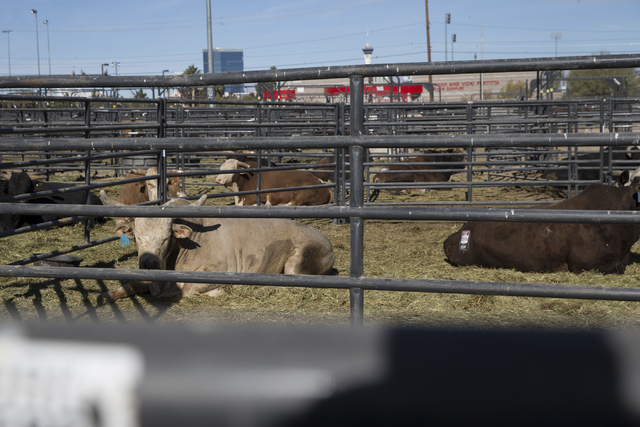
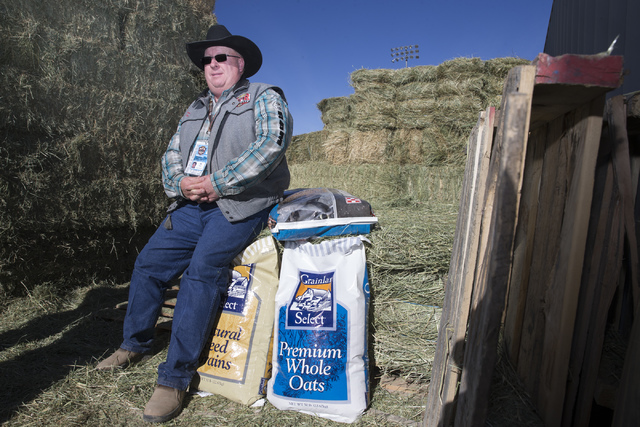

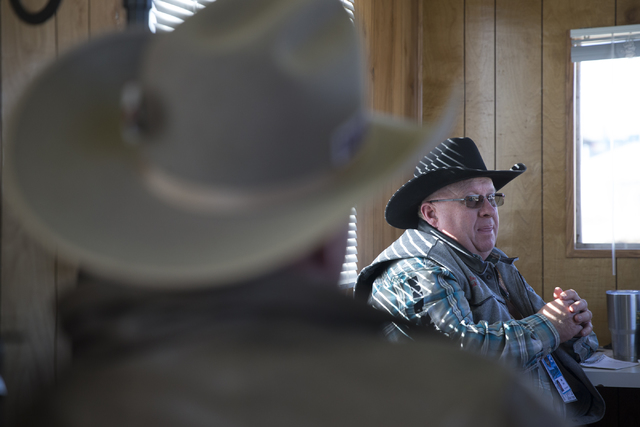


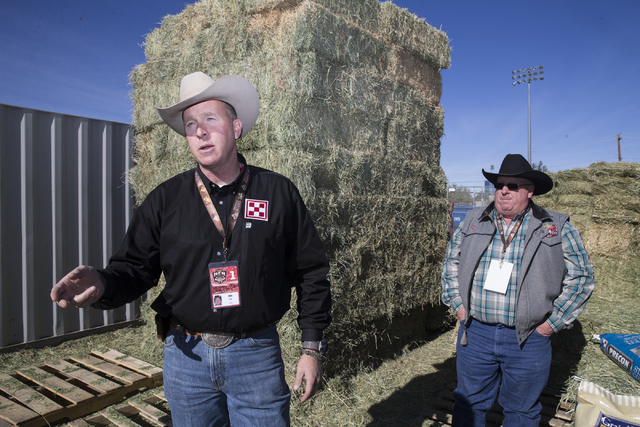
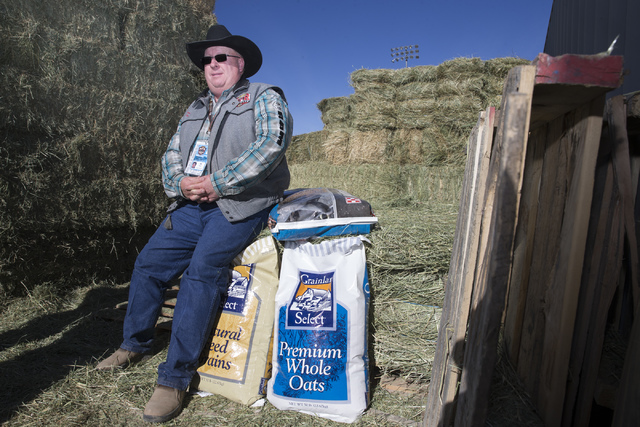
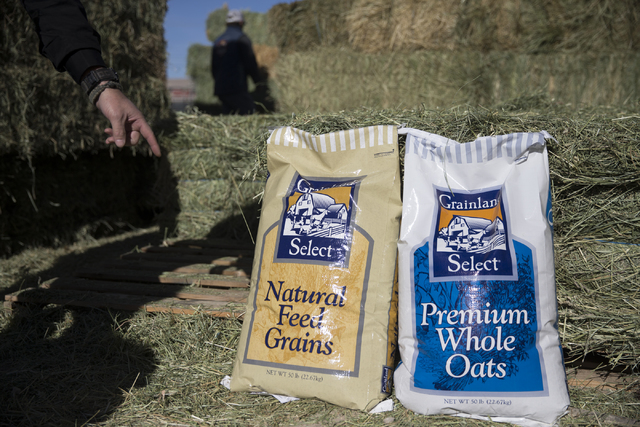
John Barnes, livestock superintendent for the National Finals Rodeo, discovered a problem Saturday night. His team was running low on one type of feed.
To make sure the animals didn’t skip a beat, John Link, a representative of rodeo food supplier Purina, had to make a 1,200-mile round trip in about 25 hours to get extra supplies. While the animals never noticed, the trek was one example of the care and attention required to make sure the 210 horses and 100 bulls performing in Las Vegas are getting the nutrition they need to be at their best.
“They’re like Olympic athletes,” Link said as NFR entered its ninth day at the Thomas &Mack Center. “We’re basically in the Super Bowl, the World Series. This is it. The better they perform, the better everyone does and nutrition is a big part of it.”
To feed the animals for the duration of the rodeo, Barnes ordered 54½ tons of feed from Purina and will have 75 tons of hay shipped in from Hiko, Nevada. On Tuesday, the animals went through a combined total of about 8,000 pounds of four different types of hay and almost 4,000 pounds of seven varieties of feed.
Every animal at the rodeo has a “feed sheet” that tells Barnes and his five-person feed crew the type and amount of food each animal is to receive each day. There’s also a sign above each animal pen that states whether the animal has any type of special medication.
Only Barnes and his crew are allowed to put feed out each morning and hay at night. Otherwise, with 57 animal owners at the rodeo, the process could turn into chaos. One crew member stays out all night at the pens near the Thomas &Mack to make sure no one tampers with food.
“We feel these animals are just as important as the President of the United States,” said Barnes, who is in his sixth year as livestock superintendent. “They guard his food 24 hours a day, and we guard our food 24 hours a day.”
The nighttime crew member starts getting out the feed so the animals can start eating by 7 a.m. each morning. Feeding usually wraps up in about two hours, so that by noon the crew is able to start sorting the animals into those performing that night and those that are not.
Once sorting is done by 2:30 p.m. hay is put out for those staying put, while the animals that perform will have hay awaiting them after they perform that night.
“It’s in their best interest that they don’t have a big full belly (before performing), just like we don’t want to work with a big full belly,” Professional Rodeo Cowboys Association Livestock program administrator Jed Pugsley said.
The types of feed used, which can be oat-, corn- or beef-based, among others, are not uncommon, though they can sometimes be an adjustment for the animals if they’re used to something different back on the ranch. Many owners switch to the type of feed used at the rodeo a month or two before coming to Las Vegas to get their animals used to it.
Even if owners don’t switch before the rodeo, Barnes said the adjustment can be minor. The types of feed are all relatively basic, but nutrient-rich as can be to keep the animals feeling well.
“When we talk about our livestock, we often refer to them as rodeo athletes or livestock athletes,” Pugsley said. “LeBron James doesn’t go out and eat at McDonald’s every night just because it’s there.
“We’re talking quality feeds. You’re talking quality diets. Not just anything will work for the livestock.”
Ben Gotz can be reached at bgotz@reviewjournal.com. Follow @BenSGotz on Twitter.












